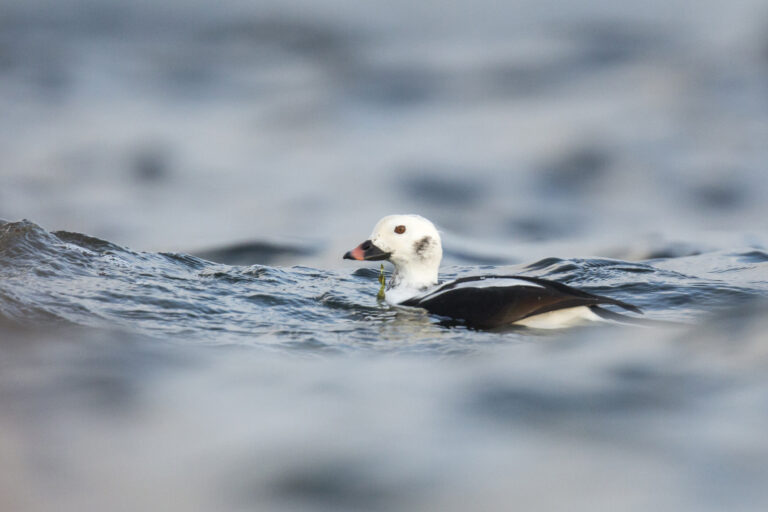Long-tailed duck
From late autumn to spring, long-tailed duck is one of the most common sea ducks in Lääne County. In spring, long-tailed ducks migrate in Virtsu and Puhtu, while in October, the migration of tens of thousands of long-tailed ducks can be seen on Cape Põõsaspea.
Thousands of long-tailed ducks winter along the county’s northwest coast. The best places to see them are at Port Dirhami or Cape Põõsaspea. Many bigger long-tailed duck flocks congregate to eat on offshore shallows, where they are difficult to see even with good vision. The Neugrundi shallow in Osmussaare is one of those important winter feeding areas.


